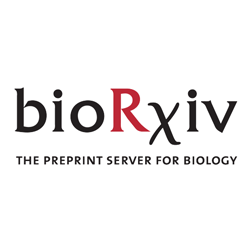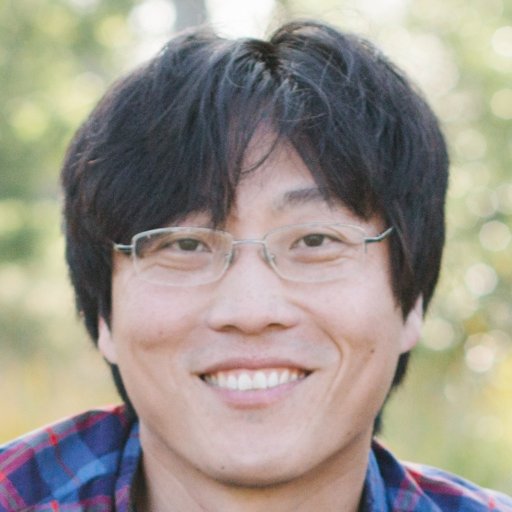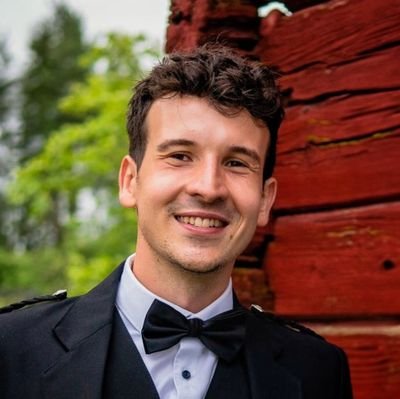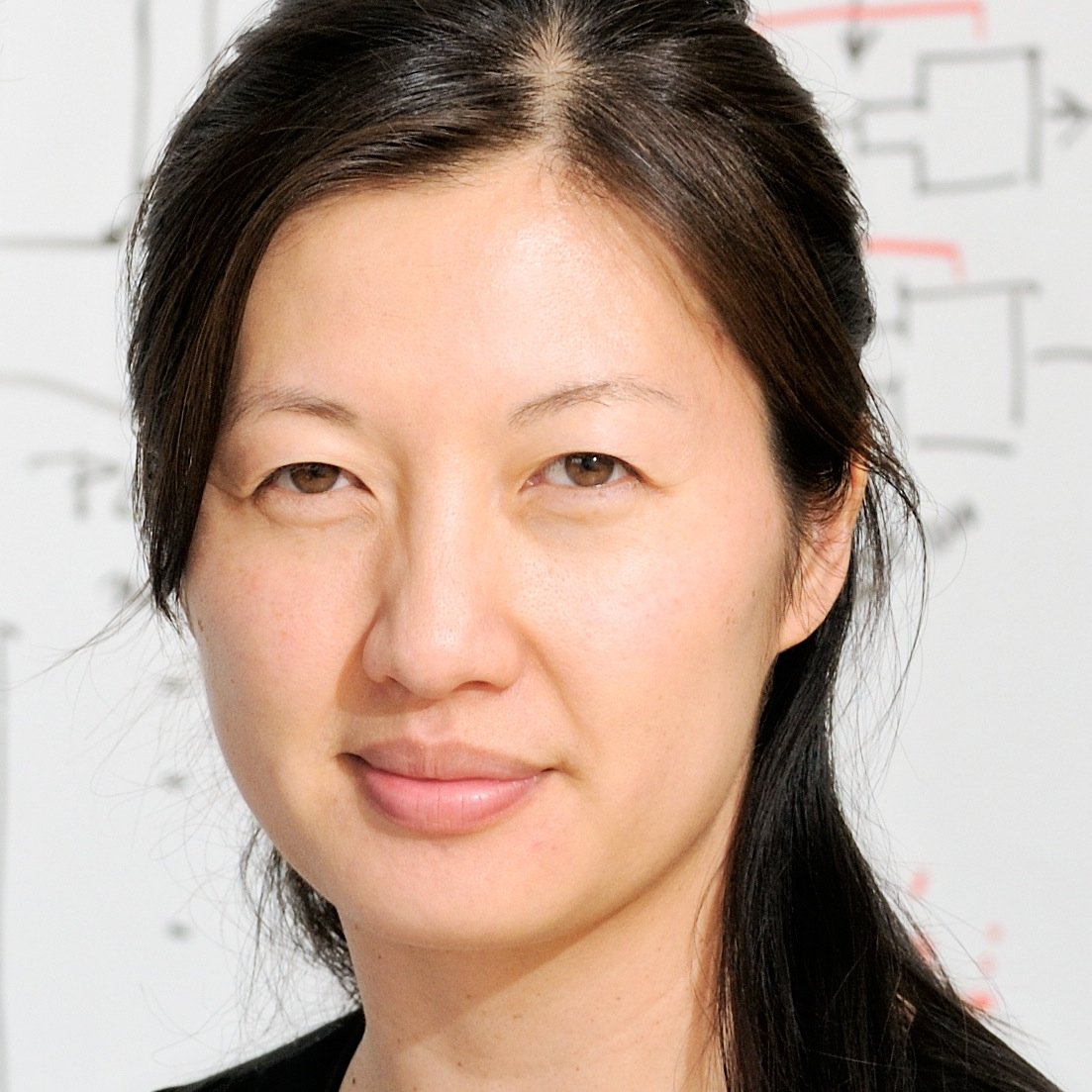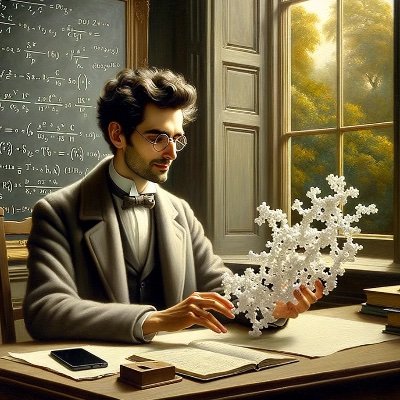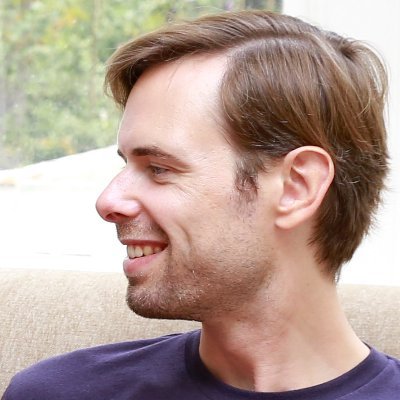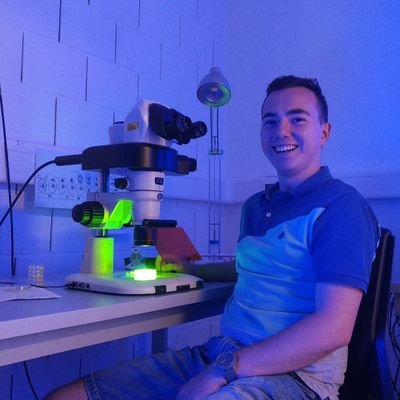
Vojislav Gligorovski
@glig_v
Followers
197
Following
963
Media
0
Statuses
101
PhD student @EPFL_en, Laboratory of the Physics of Biological Systems @sjrahi | experimental evolution, optogenetics, cell cycle
Lausanne, Switzerland
Joined February 2016
Optogenetic tripwires resolve models of how cells count DNA breaks https://t.co/hr3ihZZX4x
#biorxiv_molbio
biorxiv.org
DNA end resection is a critical step in DNA damage repair and activation of the DNA damage checkpoint (DDC). To date, resection has been studied primarily in bulk cell populations. However, single-...
0
1
1
I am delighted to share this work, led by Miguel Alcantar and done in collaboration with Amgen, on the OrthoRep-driven evolution of computationally designed minibinders. Here, we focus not only on getting to high affinity, but also on mapping sequence-affinity landscapes of
biorxiv.org
Computational protein design enables the generation of binders that target specific epitopes on proteins. However, current approaches often require substantial screening from which hits require...
2
21
117
De novo design of light-regulated dynamic proteins using deep learning https://t.co/3rET4HCI1m
#biorxiv_biophys
biorxiv.org
Recent advances in deep learning have enabled accurate design of static protein structures, but the de novo design of protein functions controlled by programmable, intramolecular conformational...
0
10
42
In #G3journal, @sjrahi and team developed PIPOline to create the shortest DNA sequences, avoid manual design errors, specify the amount of homology, and customize restriction sites. Learn more about how this tool can streamline genome editing in #yeast: https://t.co/yUClDcNb2n
0
2
3
Stoked to share TWO preprints on mitochondrial pearling! 🎉 We uncover how spontaneous #mitochondria pearling drives #mtDNA nucleoid distribution ( https://t.co/Q9OcuMZBvH), and @sturm_gav et al. dissect the biophysics behind it ( https://t.co/qIVsxYiXDh). Details below! 🔬🧵
2
33
142
Could one envision a synthetic receptor technology that is fully programmable, able to detect diverse extracellular antigens – both soluble and cell-attached – and convert that recognition into a wide range of intracellular responses, from transgene expression and real-time
61
251
965
Integrase-assisted transformation allows OrthoRep-driven evolution to start from very big libraries. Efficiency is even higher than the transformation of normal nuclear plasmids into yeast, because OrthoRep is cytosolic. Great job Olek, Yutong and team!
biorxiv.org
Efficient methods for diversifying genes of interest (GOIs) are essential in protein engineering. For example, OrthoRep, a yeast-based orthogonal DNA replication system that achieves the rapid in...
1
9
93
It was a long time (18 years!) waiting for this demonstration, but it's out, thanks to the leadership of @chancao123 and the great work of Verena Rukes, Mathieu Rebeaud and Louis Perrin. Entropic Pulling at single molecule resolution! https://t.co/ziwuDVpeVj
1
4
24
Why are there so many fitness metrics in microbial ecology? I was confused - with @Michael_Manhart , I developed a framework that unifies existing statistics of relative fitness and shows how they all derive from a few basic principles. Preprint is up!
2
17
49
Congrats @yuichi_furuhata and team for streamlining yeast genetic code expansion through OrthoRep-driven evolution of aaRSs. Several evolved aaRSs give high translational efficiency with unnatural amino acids. A neat self-regulating aaRS is also found.
biorxiv.org
Genetic code expansion (GCE) has become a critical tool in biology by enabling the site-specific incorporation of non-canonical amino acids (ncAAs) into proteins. Central to GCE is the development of...
1
10
51
Huge update to Convpaint, and preprint out on bioRxiv! We develop a pixel classifier similar to Ilastik, but built for napari & with technical improvements. Now even works on animals! 1/10
4
50
169
A ribozyme can self-integrate into and hydrolyze ss- and dsDNA, offering a new avenue for the development of protein-free genome editing tools, and hinting at the possibility of a pre-translation origin of group II introns (G2Is). 🧵 (1/6) https://t.co/b0Zpj9lJPY
3
1
14
Want to efficiently create large-scale dynamic models of metabolism that fit experimental data and reliably predict metabolic responses to various perturbations? Our new method does just that! Check it out here: https://t.co/d757bhiFC8.
nature.com
Nature Catalysis - Despite the availability of large omics datasets, determining intracellular metabolic states is challenging. Now a generative machine learning framework called RENAISSANCE has...
0
1
6
Why do some individuals live longer than others? I am excited to share my group’s work, out now @cellcellpress in which we study the mechanisms generating “bad luck” in aging and figure out how to manipulate them in nematodes. https://t.co/I63TKT28Ds 1/15
7
87
288
... and we are out! Thanks so much @dbusiello1, Hugo and Alexandra for the resilience in getting this through the finish line. Working on it I have really learned a lot, and, for me, it opens some pretty intriguing questions. https://t.co/W5FO3UwHI8
arxiv.org
One of the hypothesized functions of biomolecular condensates is to act as chemical reactors, where chemical reactions can be modulated, i.e. accelerated or slowed down, while substrate molecules...
2
6
23
Our latest: a new optogenetic system for precise spatiotemporal control of gene expression We use it to dissect the dynamics of Shh gradient formation & patterning A thread 🧵 https://t.co/Ki4COIjVcl
biorxiv.org
Cells use dynamic spatial and temporal cues to instruct cell fate decisions during development. Morphogens are key examples, where the concentration and duration of morphogen exposure produce...
6
75
278
Meet MagLOV: an engineered protein that responds STRONGLY to magnetic fields. This is a fluorescence timelapse of MagLOV in E. coli. We're waving a (small) magnet under the plate. Can you tell where the magnet is? Want some? It's on Addgene now! https://t.co/eWs0aAIT1A
40
295
1K
Happy and super excited to share our discovery of a protein fractal! We unravel the surprisingly simple emergence of these marvellous structures and show it might have even been an accident of evolution. Read the full story here https://t.co/d8u5ZUQain Or just stick around 🧵
21
202
812
(1/5) Attention, Cellular Imaging Enthusiasts! Thrilled to share that our Analysis "The Multi-modality Cell Segmentation Challenge: Towards Universal Solutions" has been published in Nature Methods (@NatureMethods) 🎉🎉🎉 Cell segmentation is a critical component of
28
260
1K
Synthetic genome modules designed for programmable silencing of functions and chromosomes https://t.co/pJy2QO9Hmm
#biorxiv_synbio
biorxiv.org
Welcome to the bioRxiv homepage.
0
8
11


